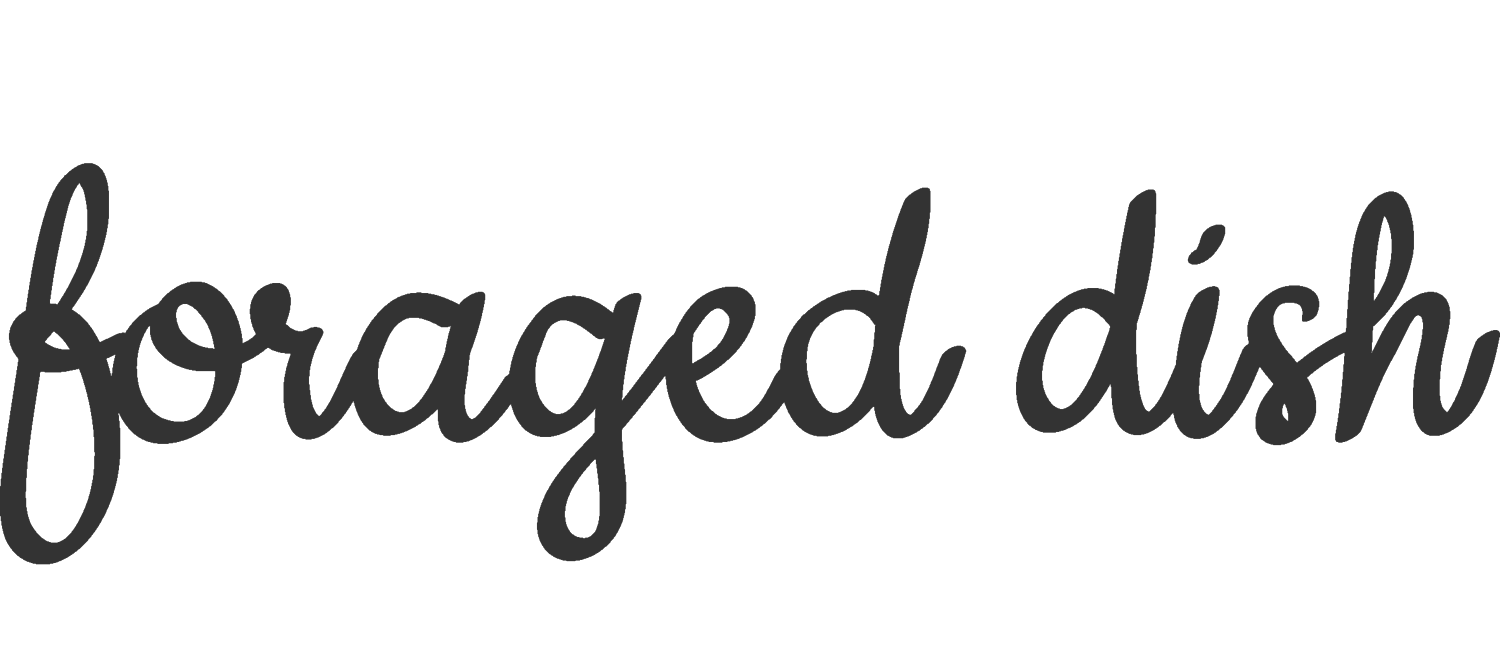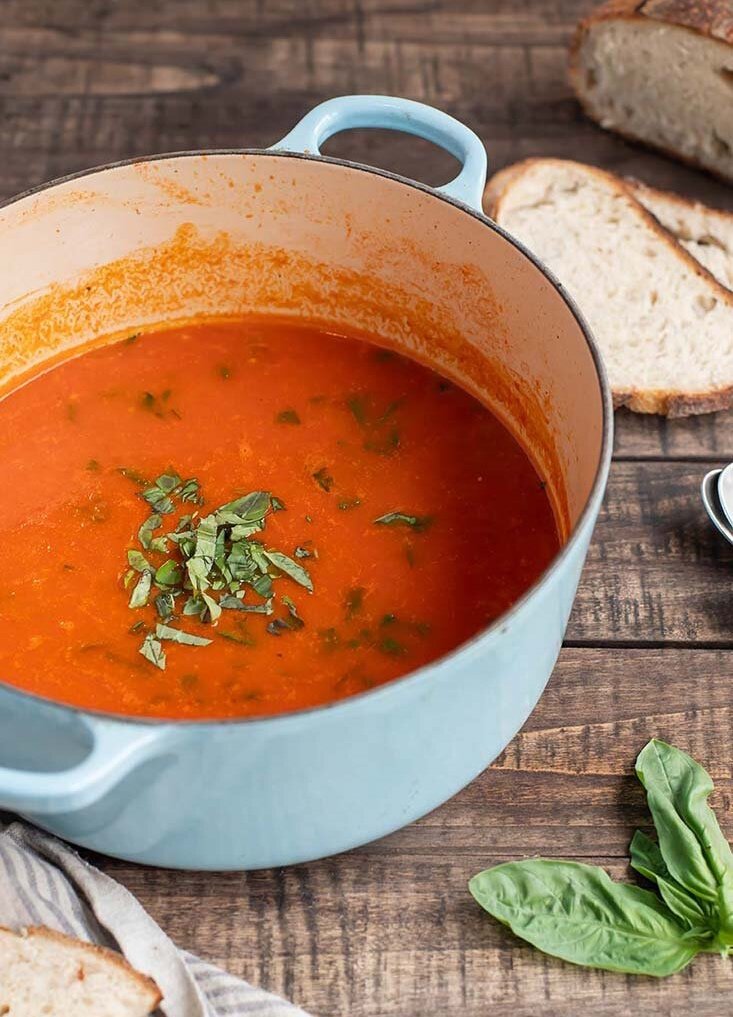Double Chocolate Hot Cocoa Mix Recipe
/Utah captured my heart this Spring. Spring in Utah is a funny thing-- not really spring, March in the desert is more like half winter and half summer.
When the morning wakes you, you’ll find your sleeping bag pulled as high around your head as it can go, covering your cheeks and leaving just enough space so to breath. Eventually, motivated by the thought of coffee, or tea, or anything warm, you'll peek out, and see the snow, still coming down in oversized flakes that fall impossibly slow. Lighting that two-burner camping stove will never sound so good.
Outside, there is a different view in every direction, but all of them will make you feel small — just a tiny human, standing on a slice of something far too large to imagine. Cliffs, a deep crimson color, tower above. They sit gallantly on piles of sand, like the earth's version of sandcastles, displaying layer on layer of dirt. Each layer seems to expose something about the world, every band of sand marking an era of the past. At their feet grow short and twisted juniper trees, struggling to grow.
When the water boils, and you pull it from the stove, the pot will spout a tower of steam into the air above, melting the snow as it falls. When you turn around, you’ll see a mountain range all Coloradans know well, crisp and white, capped with ice. They look bigger from Utah, surrounded by flat plains, deep rifts, and the occasional rock spire. You’ll know what I mean when you see it for yourself: it’s as if those mountains scrape the clouds off of the sky, catching them on their peaks and hanging on.
The snow will eventually stop (it’s spring, after all), and the unshielded sun will melt every white patch away. The desert sand will suck up any moisture that remains, and by 10 the ground will be dry again, as if nothing happened. That's when you’ll sit back in a folding chair, a rich mug of homemade hot chocolate in hand.
There is nothing to feel other than awe. Belittled by the jagged, barren canyons and cliffs on one side, humbled by the majestic peaks to the other. Small-- small and awestruck.
Here is a beverage to drink on those chilly mornings at camp, or around the campfire in the evening — Double chocolate Hot Cocoa. It’s made with bittersweet chocolate and cocoa powder (that’s the “double” part). Dehydrated milk adds creaminess, so even when you’re out exploring you don’t have to remember the milk! Though, if you are are really prepared, top your mug with a dollop of whipped cream or marshmallows, and consider a splash of whiskey. Sitting around the campfire has never been so sweet!
Double Chocolate Hot Cocoa Mix Recipe
Serves: 8 | Active Time: 20 minutes
Ingredients:
Directions:
- Place coconut sugar, salt, and chocolate in blender or food processor and pulse until a fine powder is formed.
- Add cocoa powder and milk powder, and pulse blender again, just until everything is incorporated.
- Store cocoa mix in a air-tight jar.
- To make cocoa: Bring 8 ounces of water to a boil. Whisk 2 heaping tablespoons of cocoa mix with the water until dissolved. (To get the froth shown in the images, use a hand-held milk aerator). Pour cocoa into mug, and top with whipped cream or marshmallows as desired.











